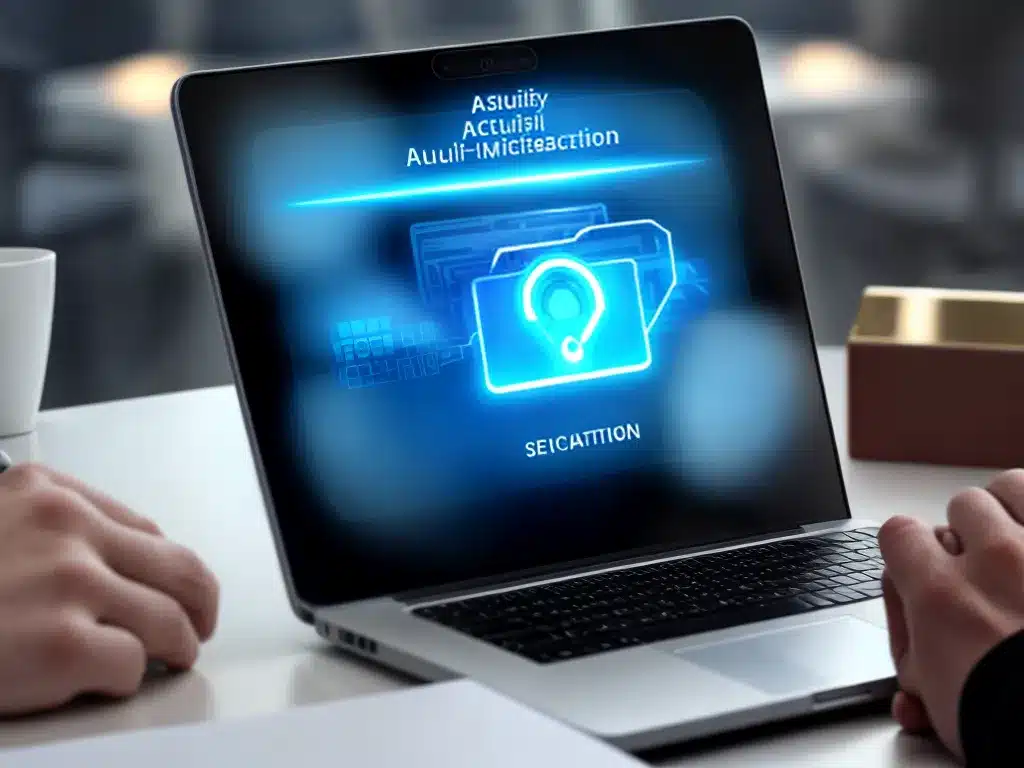
What is Multi-Factor Authentication?
Multi-factor authentication (MFA) is a security mechanism that requires users to present two or more credentials to verify their identity when logging into an account or website.
The most common factors used in MFA are:
- Something you know – like a password or PIN code
- Something you have – like a token generator or authentication app that produces one-time codes
- Something you are – like your fingerprint or other biometric data
By requiring two or more factors, MFA makes it much harder for attackers to gain access to accounts through stealing or guessing passwords alone. Even if they manage to learn the password, they would still need physical possession of the other factor like a hardware token. This significantly improves security and protects against many types of cyber threats.
Why is Multi-Factor Authentication Important?
MFA has become an essential security tool for a few key reasons:
-
Passwords are not enough – In the modern digital world, passwords alone provide inadequate defense. Too many people still use weak, reused, or compromised passwords. MFA adds a critical additional barrier.
-
It prevents many types of attacks – MFA protects against phishing, brute force attacks, password spraying, credential stuffing, and more. If attackers don’t have the secondary factor, they can’t access the account.
-
It’s mandatory for critical systems – Many regulations and compliance standards now require MFA for accessing sensitive data like healthcare records, financial information, government systems, and more.
-
People want better security – Users are more concerned about security and privacy. Enabling MFA shows a commitment to protecting their information.
How Does Multi-Factor Authentication Work?
The most common MFA implementation follows these steps:
-
The user enters their username and password as usual.
-
After submitting correct credentials, they are prompted to provide the second factor. This could be entering a one-time code, using a fingerprint scanner, speaking a passphrase into a microphone, etc.
-
The MFA system verifies the code, biometric, or other second factor.
-
If the second factor is valid, the user is fully authenticated and allowed to access the account.
-
For additional security, the second factor may be required again for certain privileged actions like changing account settings.
The user experience is generally smooth and takes less than 30 seconds in most cases. Modern authentication apps and biometric scanners provide convenience while still boosting security.
Examples of Multi-Factor Authentication Methods
There are many options available for the secondary factor in MFA:
-
SMS text messages – The system texts a one-time code to the user’s phone.
-
Authenticator apps – Apps like Google Authenticator generate time-based codes that refresh every 30 seconds.
-
Hardware tokens – Small devices that display operation-specific codes.
-
Biometrics – Fingerprint, face, or iris scans provide a factor unique to each user.
-
Push notifications – Get a login approval request sent to your phone or device.
-
Security keys – Physical devices that connect via USB or NFC to authenticate.
-
Knowledge-based questions – Answer prompts only the real user would know.
Organizations should choose methods that provide both security and good user experience.
Implementing Multi-Factor Authentication
Rolling out MFA across an organization involves:
-
Choosing MFA types – Select suitable options based on systems, users, and operations.
-
Enabling MFA – Turn on and configure MFA at the provider or application level.
-
Issuing second factors – Distribute hardware tokens, enroll devices for biometrics, or assist with apps.
-
Training users – Explain how MFA works, its security benefits, and how to use it.
-
Handling exceptions – Establish backup verification methods for when standard factors are unavailable.
-
Monitoring usage – Review authenticator logs and metrics to improve the implementation.
With proper planning and design, organizations can deploy MFA to maximize security and minimize disruption.
The Bottom Line
MFA has become a mandatory component of robust cybersecurity. By going beyond solitary passwords, it acts as an essential barrier against many types of attacks. While newer methods like biometrics are convenient, the fundamental principle remains making sure users prove their identity with something they know and something they have or are. Implemented correctly, multi-factor authentication meaningfully improves security while providing users with a smooth login experience. It is a powerful tool for safeguarding critical systems and data in the modern digital landscape.












